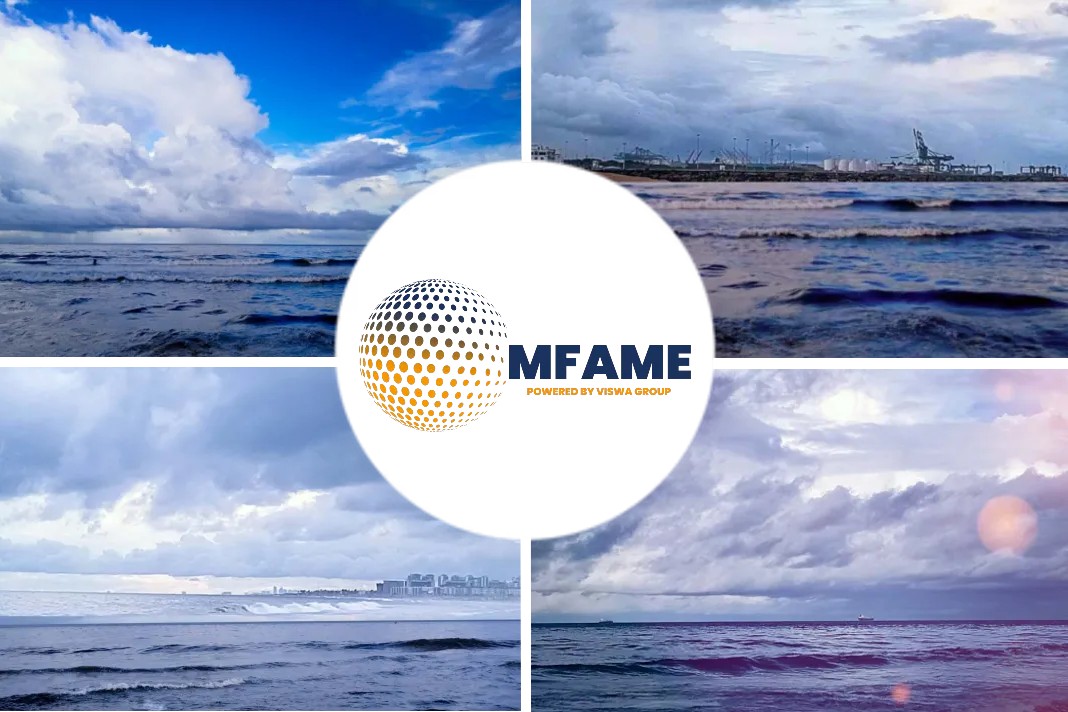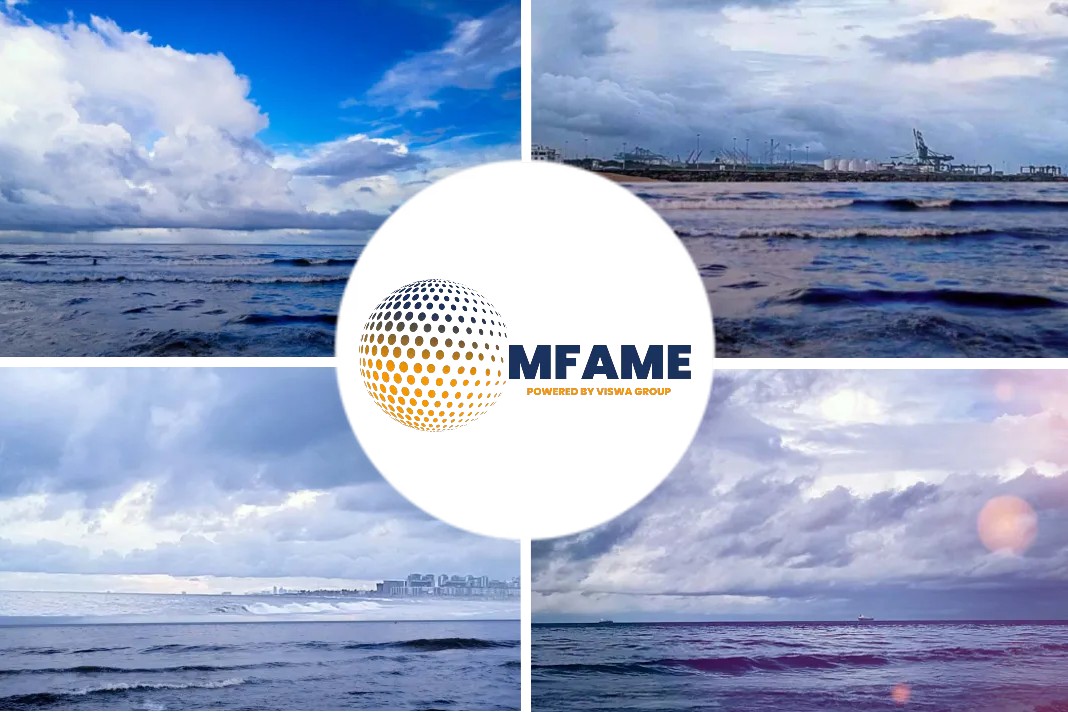- Rates for very large crude carriers have jumped well off recent lows.
- VLCC spot rates have not been this high at this time of year since 2015.
- VLCC spot rates averaged $35,500 per day on Thursday, up almost 50% week-on-week.
- Rates for Suezmaxes tankers averaged $14,400 per day, up 32% week-on-week.
- OPEX for a VLCC is around $8,000-$10,000 per day and including debt service, which is roughly $25,000 a day.
- Extreme congestion at Chinese unloading terminals is one driver of VLCC rates.
- NAT was up 33% from March 2 while other tanker stocks were down on average by 16%.
According to an article published in Yahoo Finance, the tanker sector refuses to follow its script. Rates were supposed to keep on sinking into the summer.
VLCCs picks up pace
They didn’t. Rates for very large crude carriers (VLCCs; tankers that carry 2 million barrels of crude oil) have jumped well off recent lows, to nearly double last year’s rate.
VLCC spot rates have not been this high at this time of year since 2015. And yet, crude-tanker stocks continue to languish.
Rates on the rise
According to Clarksons Platou Securities, VLCC spot rates averaged $35,500 per day on Thursday, up almost 50% week-on-week. Some individual VLCC spot fixtures in recent days are even higher, near $50,000 a day.
Rates for Suezmaxes — tankers that carry 1 million barrels of crude — averaged $14,400 per day, up 32% week-on-week.
“Rates are not falling to OPEX [operating expense] levels like some predicted,“ Jefferies analyst Randy Giveans told FreightWaves. OPEX for a VLCC is around $8,000-$10,000 per day and cash breakeven, including debt service, is roughly $25,000 a day, he added.
“The jury is out on whether the upward spiral will continue, but the summer looks much brighter now than it did a few days ago,“ said shipping brokerage Fearnleys in its weekly market report.
What’s driving rates up?
Extreme congestion at Chinese unloading terminals is one driver of VLCC rates.
Argus Media reported that “most storage tanks around Qingdao port are full. The pipeline system is also struggling to cope [and] crude is being forced onto the rail system and the roads.“ In Dongjiakou, it said there are “lengthy queues“ for the sole VLCC berth. Given congestion, VLCCs are being rerouted to Tianjin and Ningbo, where cargoes have to be unloaded onto smaller vessels first to dock at berths due to shallow waters.
“China congestion is certainly playing a role but there is never one answer,“ explained Jon Chappell, an analyst at Evercore ISI.
Elevation of floating storage levels
He told FreightWaves, “Floating storage levels are still elevated, so when you throw in port congestion, there are logistical issues that distort the actual tradeable fleet. Add the hope that Venezuelan-related sanctions could remove more capacity and owners have a bit more confidence in VLCCs than in other segments. In addition, U.S. exports have remained somewhat elevated.“
According to Giveans, “Incremental cargoes out of the U.S. and West Africa are helping rates, despite the drop in cargoes out of the Middle East Gulf. Congestion in China is adding to the duration of voyages, which tightens the market.“
Tanker stocks languish
With the notable exception of Nordic American Tankers Limited, this year’s rate strength has yet to translate into equity strength.
The floating-storage thesis dates back to early March. Rates began surging after Saudi Arabia opened the spigots after a disagreement with Russia. Excess oil supply collided with coronavirus-stricken demand, forcing floating storage that tied up tanker capacity.
FreightWaves plotted the stock performance of the top listed crude-tanker owners versus each other as well as compared to the general stock indices from March 2 through Thursday.
The tanker stocks were up around 30% on average by late April compared to early March. NAT then completely pulled away from the pack, outperforming the others by roughly 50%-70%. As of Thursday, NAT was up 33% from March 2 while other tanker stocks were down on average by 16%.
The other stocks are DHT Holdings, Inc. (NYSE: DHT), Euronav NV (NYSE: EURN), Frontline Ltd. (NYSE: FRO), International Seaways, Inc. (NYSE: INSW), Diamond S, Inc. (NYSE: DSSI), Teekay Tankers Ltd. (NYSE: TNK) and Tsakos Energy Navigation Limited (NYSE: TNP).
NAT outperformed the general indices
NAT has also far outperformed the general indices. The Dow and S&P are roughly flat during the period, while the NASDAQ is up 17%, about half the gain of NAT. The basket of tanker stocks excluding NAT outperformed the main indices through the first week of June. Since then, it has increasingly underperformed the indices.
Chappell of Evercore ISI has previously attributed the outperformance of NAT to its popularity among retail investors on the Robinhood platform and its unpopularity among institutional investors. Other tanker stocks that were popular with institutional investors fared worse, he speculated, because institutional investors took profits on those equities as they rose due to floating storage and “faded the rally.” NAT shares faced no such cap.
The rest of the summerAsked about rate prospects for the rest of the summer, Chappell responded, “VLCC rates will always be volatile. I think we’ll likely see them below breakeven at some point this summer, but mostly in the $20,000-$40,000-a-day range.“
OPEC+ is supposed to remove 2.7 million barrels per day of [production] cuts starting in August. If that happens, there’s the short-term potential to break out above that range. But generally speaking, the drawdown of global inventories — both offshore and onshore — should continue to be a headwind.“We think rates are sustainable but will likely be range-bound in July and August,“ said Giveans.
Could COVID spur another rate spike?
Michael Webber, founder of Webber Research & Advisory, has previously argued that tanker stocks could emerge as a “COVID-19 global-relapse hedge.“ If the virus proliferates, another wave of large-scale business lockdowns would extend the floating-storage period and limit destocking, keeping more tankers out of the trading fleet for longer.
Asked whether he believed a further surge in COVID cases could extend or add to floating storage, Giveans said, “I doubt we will see a similar spike in rates or in floating storage as we saw in March and April. That said, I do expect the contango [in crude pricing] to widen in the coming months. And there is certainly concern about a second wave and slower-than-expected economic growth,“ said Giveans. “That’s why the tanker equities remain at these oversold levels.“
According to Chappell, “Our macro team believes that even in a second-wave [COVID] scenario, we will not see the type of economic shutdowns that occurred in April and May.”Given weaker overall demand, you need those types of extreme events — like oil demand dropping by 25-30 million barrels per day — for ‘super contango’ and floating storage. So, we believe [floating storage] inventories will unwind, and transport demand will be pressured in all but the most extreme and unlikely COVID and economic environments.“
Did you subscribe to our daily newsletter?
It’s Free! Click here to Subscribe!
Source: YahooFinance























